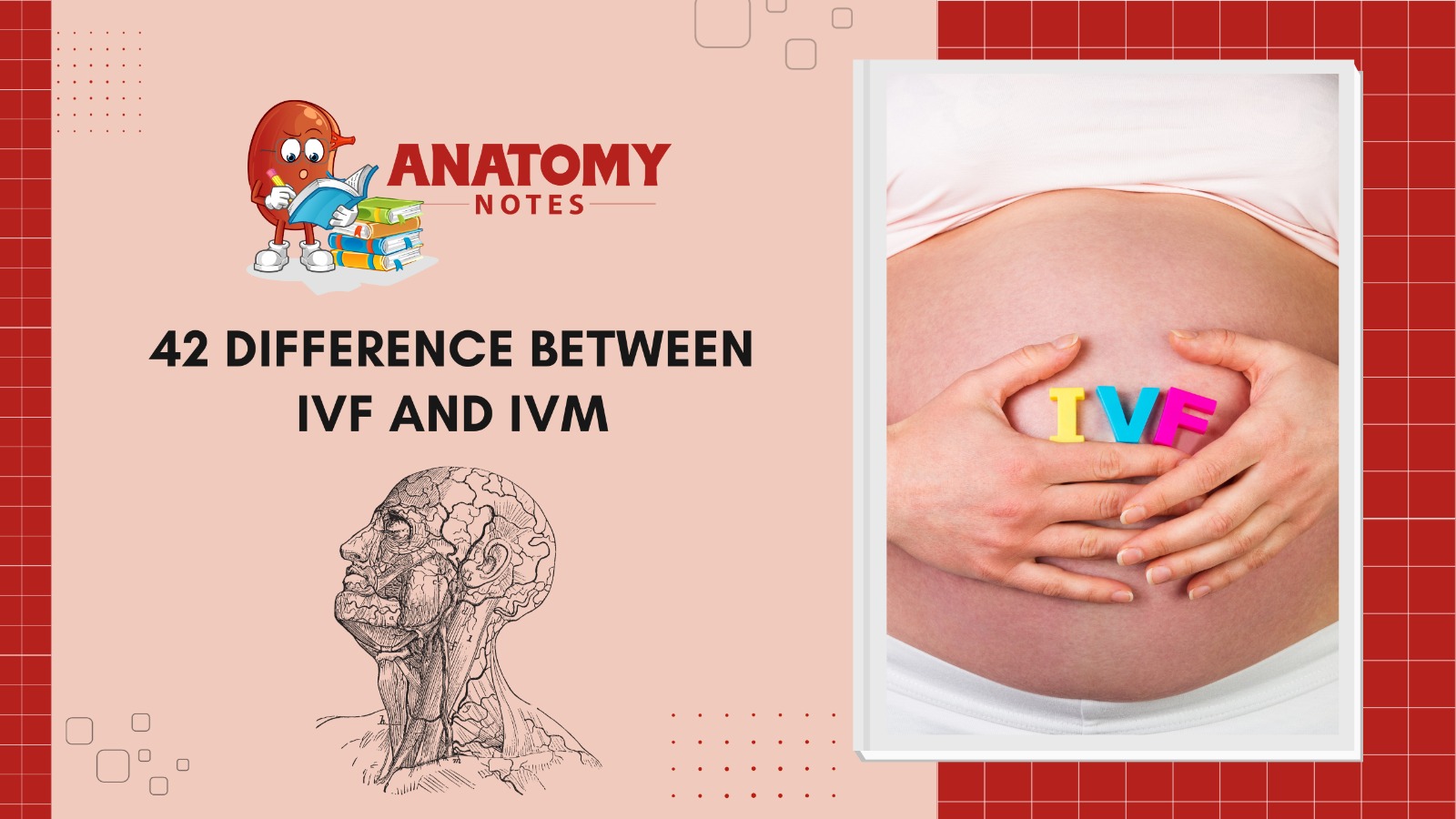In vitro fertilization (IVF) and in vitro maturation (IVM) may help couples with fertility issues. IVF and IVM differ in process, time, and patient eligibility, yet they both aim to achieve pregnancy outside the body. IVF, a popular procedure, stimulates a woman’s ovaries using hormones to produce numerous mature eggs. After a small surgery, the eggs are fertilized in a lab dish using sperm. After a few days of culturing, one or more viable embryos are transferred into the woman’s uterus. IVF works for women with blocked fallopian tubes, endometriosis, or male infertility.
IVM, or In Vitro Maturation, takes immature eggs from a woman’s ovaries without the chemical stimulation of IVF. These immature eggs are briefly developed in a lab. IVM is especially effective for women with polycystic ovarian syndrome (PCOS), who may be at risk of overstimulation or severe responses to IVF hormonal drugs. Timing distinguishes the methods. IVF takes longer since hormonal stimulation requires 10-14 days before egg retrieval. Instead of the lengthy stimulation period, IVM shortens the therapy cycle to a few days.
The dangers of each method also differ. OVH is a danger of IVF. It causes the ovaries to swell and hurt owing to an overactive reaction to hormone drugs. Since IVM eliminates such drugs, OHSS risk is greatly reduced. Patient eligibility is crucial when selecting IVF or IVM. IVF can treat a variety of reproductive issues, but IVM is preferable for people who can’t handle IVF’s high hormonal stimulation.
In conclusion, IVF and IVM help infertile people become parents. IVF employs controlled hormonal stimulation to develop eggs before fertilization, whereas IVM uses natural maturation. The patient’s medical history, ovarian response, and planned conception timing determine which method to choose. A reproductive specialist can advise on the best course of action.
Also Read: A Guide to Embryology: Divisions, Importance, And Processes
Here are 21 differences between In Vitro Fertilization (IVF) and In Vitro Maturation (IVM):
|
S.No. |
Aspects |
IVF |
IVM |
|
1 |
Full Form |
In Vitro Maturation |
|
|
2 |
Egg Maturation |
Fully matured eggs are used |
Immature eggs are collected and matured |
|
3 |
Hormone Stimulation |
Requires ovarian stimulation with hormones |
Minimal or no hormone stimulation |
|
4 |
Egg Retrieval |
Eggs are retrieved from mature follicles |
Eggs are retrieved from immature follicles |
|
5 |
Timing |
Can be done at any time in the menstrual cycle |
Often done during the early follicular phase |
|
6 |
Egg Quality |
Typically higher egg quality |
May have lower egg quality due to immaturity |
|
7 |
Patient Eligibility |
Suitable for various infertility causes |
More suitable for specific cases, like PCOS |
|
8 |
Multiple Eggs |
Multiple mature eggs are harvested |
Fewer eggs may be retrieved in In Vitro Maturation |
|
9 |
Fertilization |
Fertilization occurs outside the body |
Fertilization can occur outside or inside the body |
|
10 |
Incubation |
Fertilized eggs are cultured in a lab |
May involve in vivo fertilization |
|
11 |
Time Requirement |
Longer treatment process |
Shorter treatment process |
|
12 |
Cost |
Generally more expensive |
May be more cost-effective |
|
13 |
Risk of Ovarian Hyperstimulation Syndrome (OHSS) |
Higher risk |
Lower risk |
|
14 |
Success Rates |
Generally higher success rates |
May have slightly lower success rates |
|
15 |
Embryo Freezing |
Commonly involves embryo freezing |
May not require embryo freezing |
|
16 |
Age Limitations |
Less age-dependent |
More age-dependent |
|
17 |
Use of Hormonal Medications |
Requires hormonal medications |
Minimal or no hormonal medications |
|
18 |
Suitability for Polycystic Ovary Syndrome (PCOS) |
Suitable |
Particularly suitable for PCOS patients |
|
19 |
Number of Embryos Transferred |
Typically 1-2 embryos transferred |
Fewer embryos may be transferred in IVM |
|
20 |
Risk of Multiple Pregnancies |
Higher risk of twins or more |
Lower risk of multiple pregnancies |
|
21 |
Frozen Embryo Transfer |
Common in IVF |
Less common in IVM |
Also Read: 42 Difference between Cold Sores and Canker Sores
Frequently Asked Questions (FAQS)
Q.1 What's the primary difference between IVF and IVM?
In vitro fertilization (IVF) stimulates a woman’s ovaries to create numerous mature eggs, which are subsequently extracted and fertilized with sperm in a lab dish. However, IVM (In Vitro Maturation) gathers immature eggs from the ovaries and matures them in a controlled environment before fertilization. IVF requires hormonal stimulation, while IVM reduces or removes it.
Q.2 Who is a suitable candidate for IVF?
IVF is advised for obstructed fallopian tubes, endometriosis, male infertility, and unexplained infertility. It is also a possibility for folks who have failed other reproductive therapies. IVF may be done on women of all ages and medical histories, but each case must be assessed individually.
Q.3 What are the advantages of IVM over IVF?
For women with polycystic ovary syndrome (PCOS) or hormonal treatment problems, IVM has several benefits. Ovarian hyperstimulation syndrome (OHSS) risk is reduced by IVM, which eliminates hormonal stimulation. IVM treatment cycles are shorter, frequently only a few days, making it appealing to those wanting a faster approach.
Q.4 Does IVM have limits?
IVM has benefits but may not be right for everyone. IVF may be better for women with fertility concerns who require greater egg yields or who do not react well to IVM. IVM success rates are also lower than IVF since not all immature eggs develop.
Q.5 Can frozen embryos be used in both IVF and IVM?
Frozen embryos can be utilized in IVF and IVM. The first IVF or IVM cycle might freeze extra embryos for later use. To bypass the stimulation and egg retrieval process in subsequent cycles, stored embryos can be thawed and placed directly into the uterus, saving money and inconvenience.




